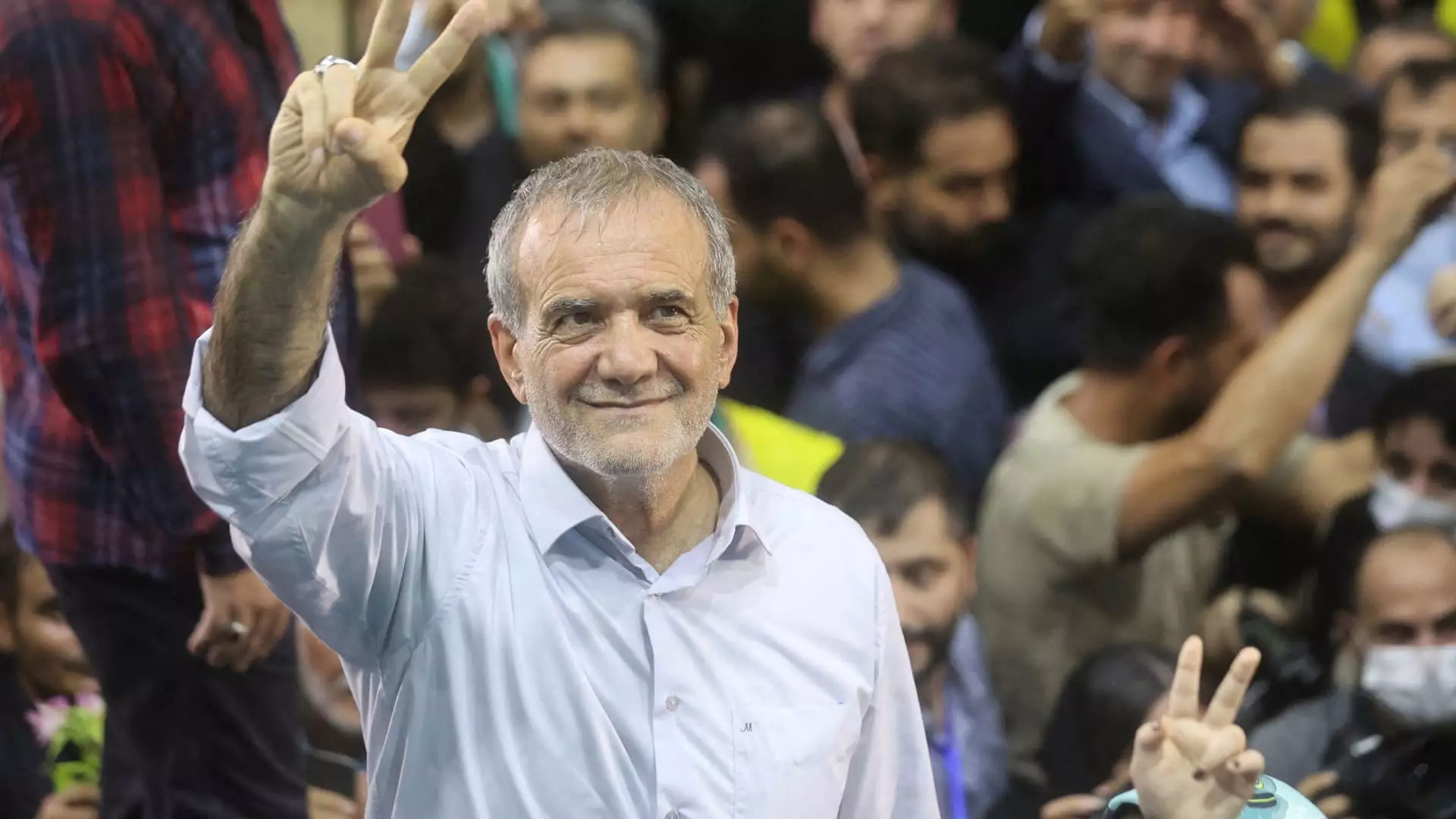Masoud Pezeshkian’s recent election as president of Iran has come as a surprise to many, especially given the country’s current context of social discontent, economic challenges, and regional conflicts. Despite being considered a “token reformist” and a “second-tier candidate” with little name recognition, Pezeshkian managed to secure 16.3 million votes, defeating his hard-line right-wing rival Saeed Jalili.
Pezeshkian’s victory is significant in a field dominated by staunchly conservative candidates. As a former minister of health under Iran’s last reformist president, Mohammad Khatami, from 1997 to 2005, Pezeshkian has the support of key reformist figures. His platform includes plans to relax social restrictions, such as Iran’s strict hijab law, and improve relations with Western countries, potentially reopening nuclear talks with world powers.
As Pezeshkian assumes office for a four-year term, he faces a myriad of challenges. Iran’s economy has been struggling for years, exacerbated by high inflation and Western sanctions. The country also grapples with internal dissent and escalating tensions with the U.S. over nuclear enrichment and conflicts in the Middle East. Pezeshkian’s presidency will be closely watched, especially in light of Iran’s proximity to nuclear weapon capacity.
Limited Power in a Complex System
Despite his role as the public face of Iranian foreign policy, Pezeshkian’s influence is constrained by the supreme leader, Ayatollah Khamenei, and unelected institutions like the Revolutionary Guards. While his victory may signal potential shifts in policy, the fundamental dynamics of Iran’s strategic decisions remain deeply rooted in existing power structures. Real change, if any, is likely to be gradual and incremental rather than transformative.
Iran’s presidential election took place following the unexpected death of former President Ebrahim Raisi, under circumstances that raised suspicions. The country’s electoral system, overseen by the ultra-conservative Guardian Council, limits genuine choice for voters. With only six candidates approved to run, and all female registrants disqualified, the process has been criticized for lack of transparency and inclusivity.
Masoud Pezeshkian’s presidency represents a potential turning point for Iran, albeit within a complex and entrenched political landscape. While his victory may open doors for diplomatic engagement and progressive reforms, the core principles shaping Iran’s policies are unlikely to undergo radical transformation. As Iran navigates economic challenges, international disputes, and internal dissent, the impact of Pezeshkian’s leadership remains to be seen.



Leave a Reply